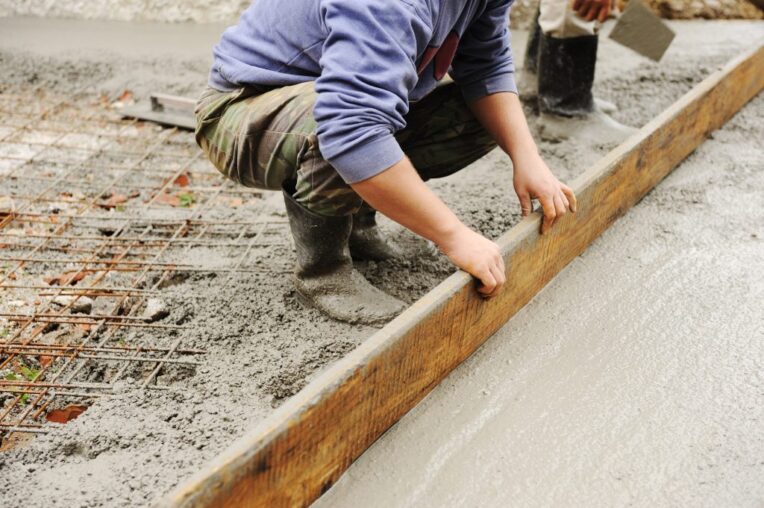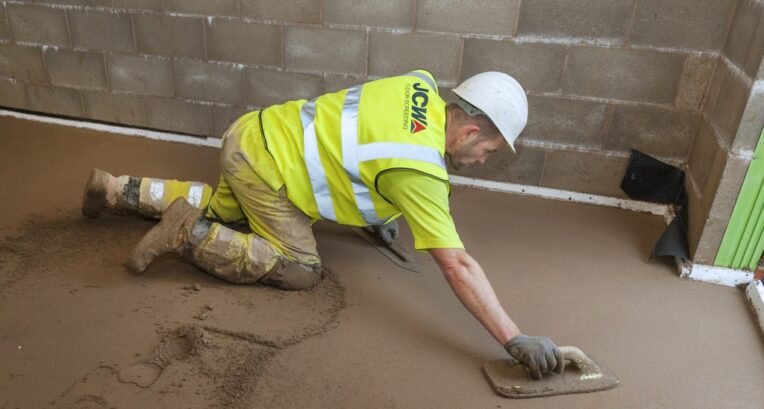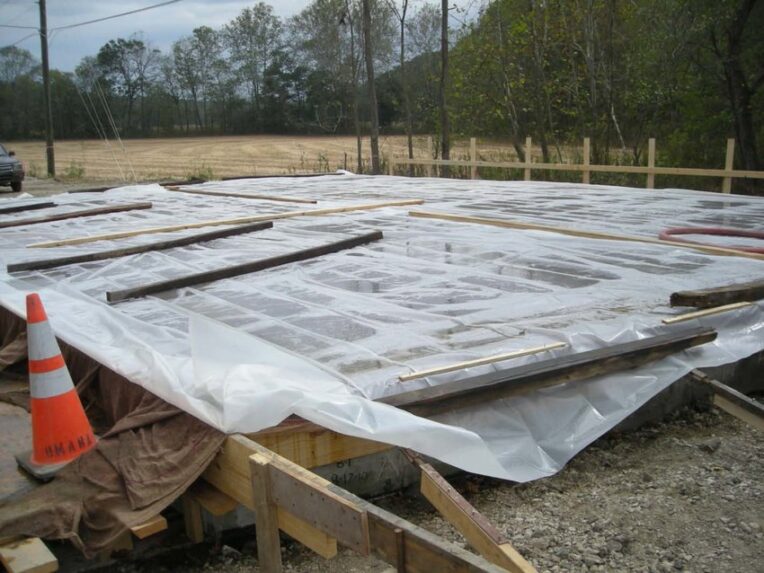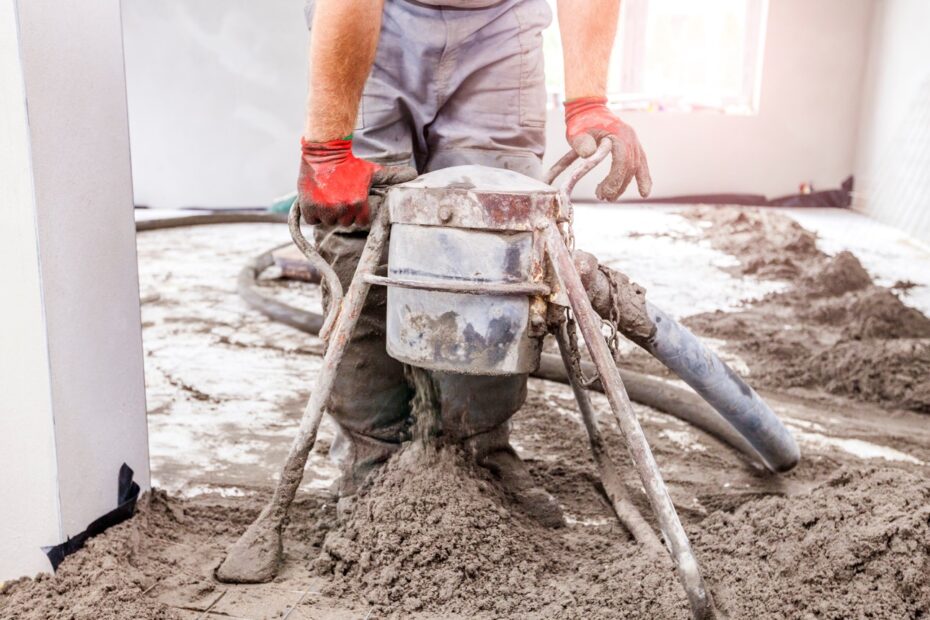When you’re working with concrete and it’s cold outside, it’s easy to get caught up in the heat of the moment and forget that you need to take precautions to ensure that your concrete doesn’t crack. We’ve all been there: you’re rushing to pour some concrete so that you can get back inside before your fingers turn blue or worse, fall off from frostbite. But what do you do if your concrete starts cracking? What do you do if it just won’t set? It’s not like you can just go out and buy more concrete—you already used all of yours!
You probably thinking about laying a screed until springtime, but don’t let the cold weather put you off! To ensure your screed dries quickly and without any problems, follow our top tips for avoiding mishaps. The biggest problem that cold weather can cause for a screed layer is a delay in drying time. This is because cold air can “hold” less water as it evaporates from the screed, and so the drying of the screed will be slowed. It is therefore important for the area to be well-ventilated with moving air and for this air to be warm.

Although it may be tempting to speed up the drying process by raising the temperature in your screed immediately after it is laid, this can cause problems. Screeds need to be cured, often under sheeting during their early life. Curing is effectively creating the worst drying conditions possible so that the screed gains strength before shrinking as it dries.
Even though curing methods are not essential for all screeds, early drying still requires caution and close attention to the manufacturer’s recommendations.
Using the following tips will help you avoid mishaps, or worse, major screed failure when laying a screed in cold conditions:
-Screed is a mixture of cement, sand, and water that is used to make floors or pavements.
It must not be allowed to dry below the freezing point. In order to avoid problems when laying screed:
1) the air temperature should not fall below 3°C; 2) the floor temperature should be maintained at 5°C (water freezes at 0°C). If the screed is laid below 0°C, the water will freeze and expand by about 9%. If you pour the cement too quickly, it will cause a disruptive reaction that could make the screed break.
– When the temperature is low, it can take longer for the cement-based screed to dry.

Leave extra time for the screed to reach its full strength and be sure not to rush this process. It is best to wait a few extra days before applying the screed as trying to dry it too quickly can cause it to crack. Most screeds have a set time of five days if kept dry, at or above 5°C. The best way to protect the screed in wet or cold weather is to insulate it with polyethene sheets. These sheets give the heat generated by the chemical reactions in screeds a higher chance of dissipating, keeping the screed warm enough to cure and dry properly. Additionally, polyethene sheets can help avoid rain water splashing onto freshly applied screed, significantly lowering the risk of failure.
– If the manufacturer recommends a curing stage, do not skip to the hardening process.
– Ventilate the area well with warm, moving air (where possible).
– Always test the screed first, to make sure that it has dried properly, and that it has developed the required characteristics.
– Sand, cement, and aggregates need to be covered with polyethene sheets to protect them from rain and moisture. Once brought on the site, all materials should be kept in dry areas; cement bags should be stored on pallets.

Polythene curing should be left in place for seven days. After this time, the polythene can be removed to allow the screed to dry. In general, water evaporates from the surface and it is good practice to exchange the air three times a day by opening windows and allowing good airflow. The bad weather can extend curing and drying times, which may prevent contractors and owners from achieving proper drying within set time frames. Testing is very important because it provides valuable information regarding characteristics of screeds.
